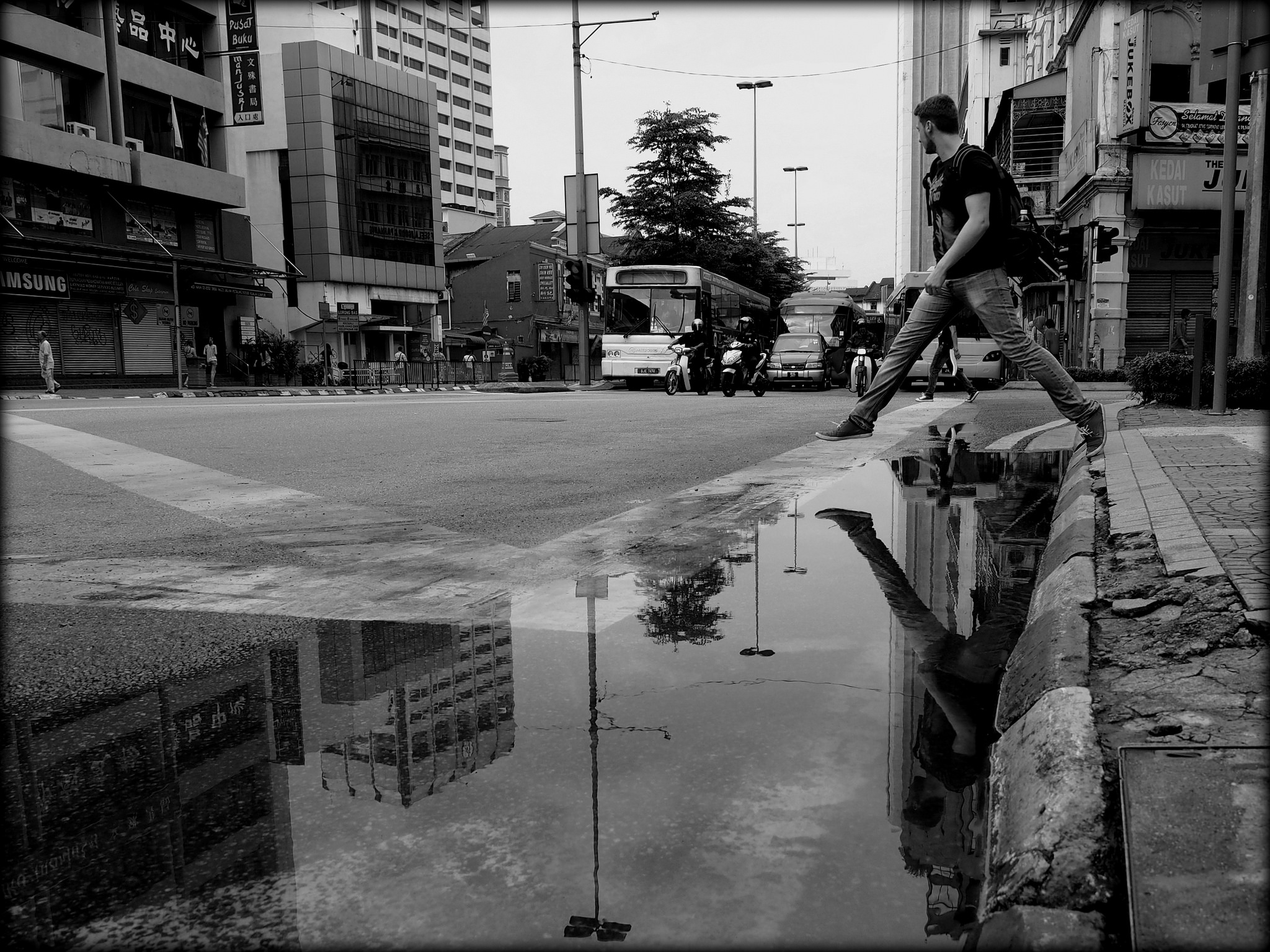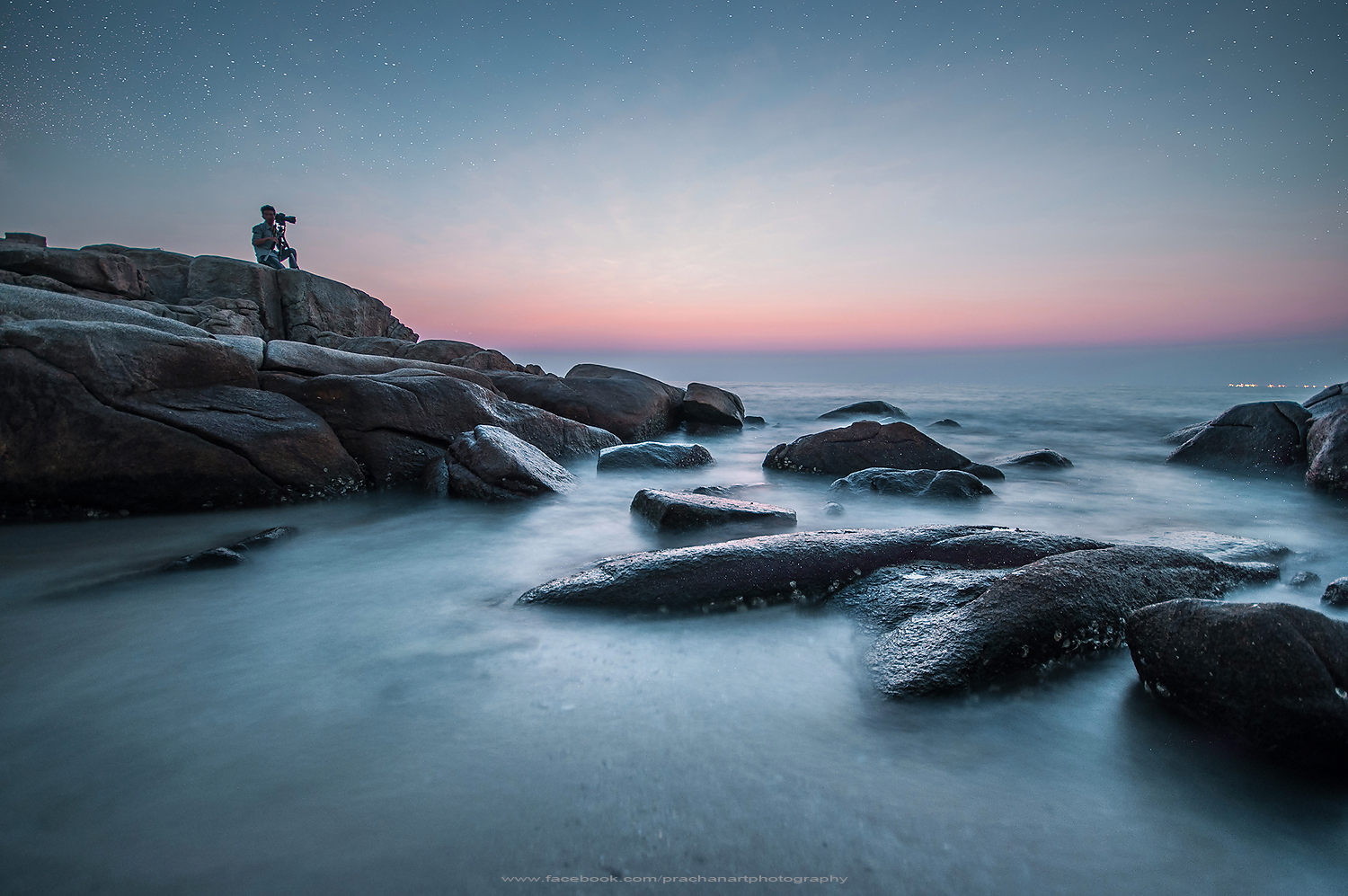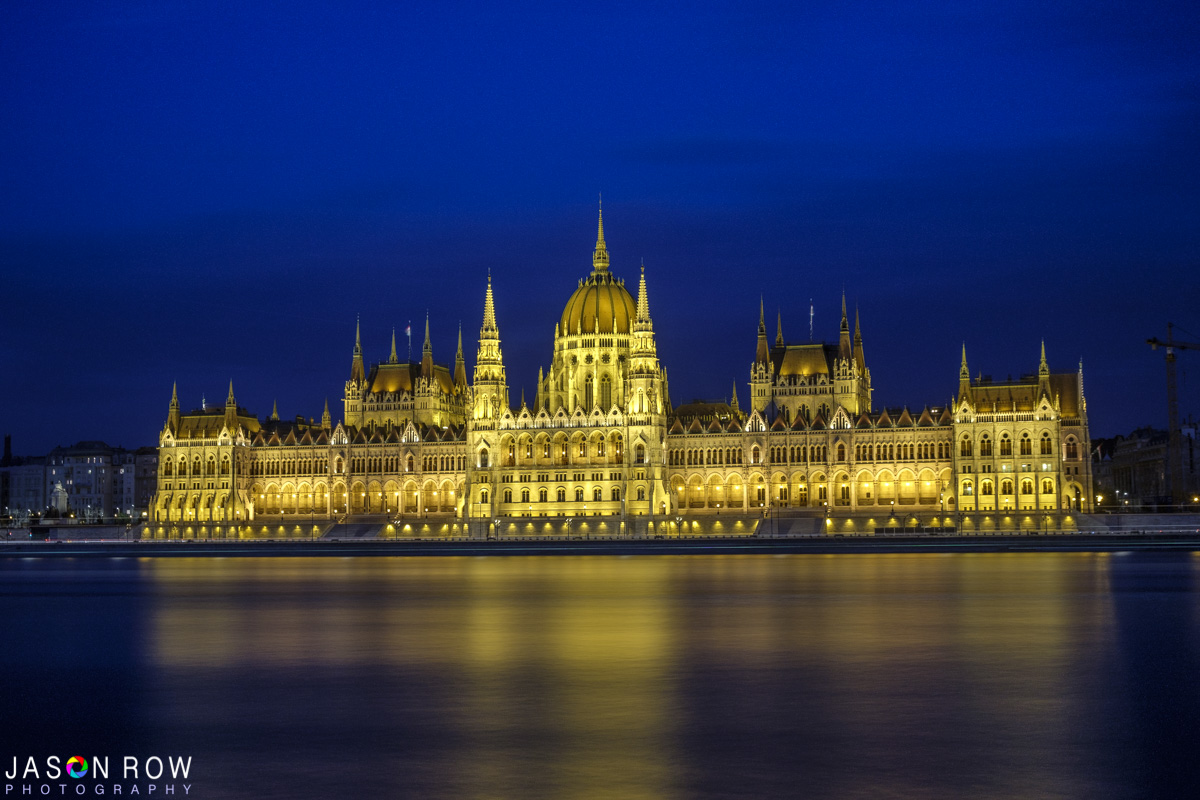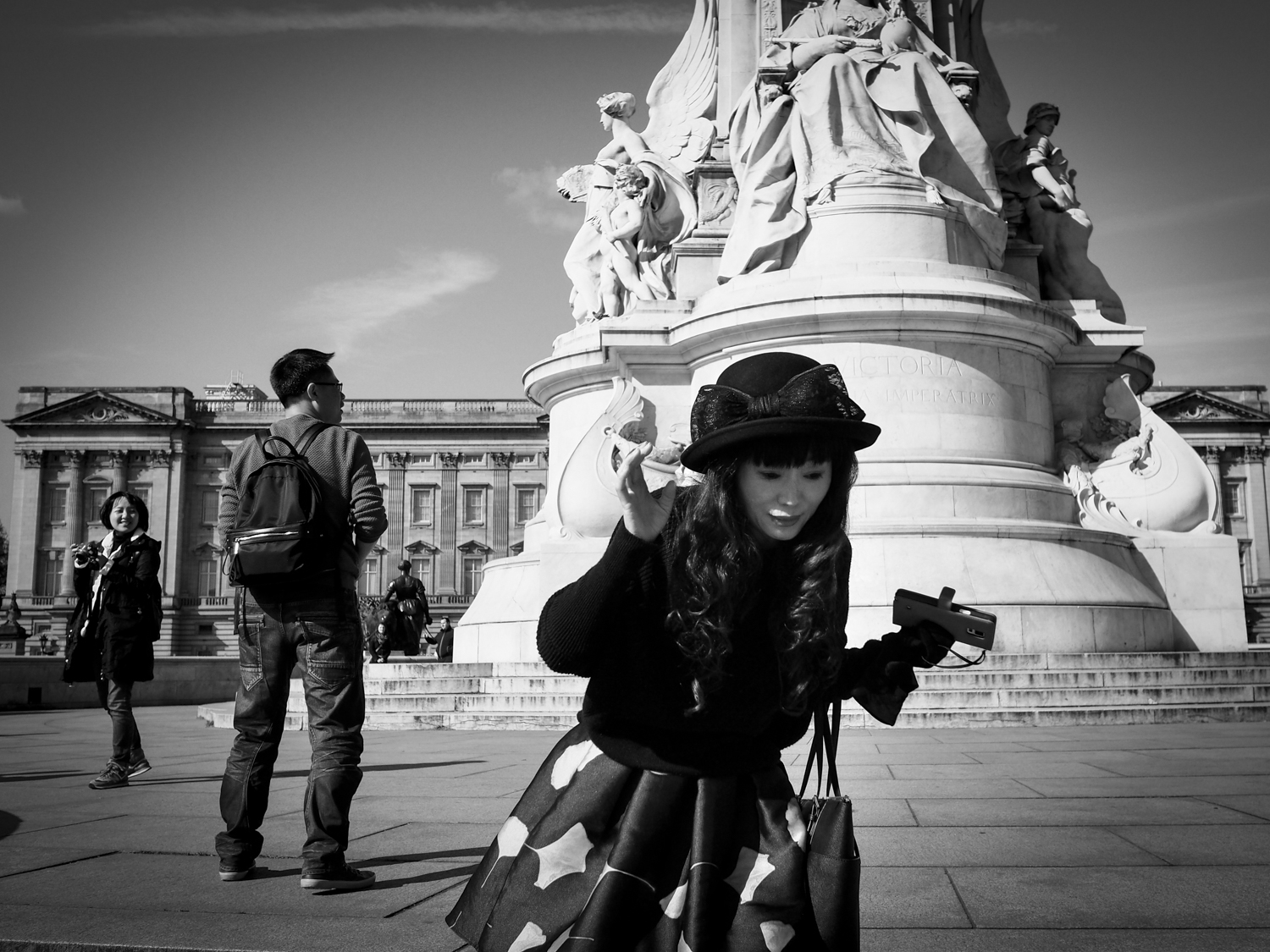Most photographers have heard of The Decisive Moment. Originally a book by Henri Cartier-Bresson the phrase has become one of the most iconic in photography. The Decisive Moment is the point at which the composition you are working on becomes perfect. This may be by the addition to something in the frame or perhaps by a subtle change in light. It is the point where a good photo becomes a great one.
The problem is, that as photographers we are often taught to strive for technical perfection. This can often be at odds with The Decisive Moment. Here, an instinct for the visual may well need to trump the technical settings of the camera. Today we are going to look at areas of photography where technical perfection may be more important than The Decisive Moment and vice-versa. We will also look at ways to improve the technical aspect of your photographs whilst being ready to capture that moment.

Technical Perfection
Photography that requires technical perfection often starts with planning and forethought. Landscape, architecture, and studio still life are prime examples. All these require a high degree of technical perfection. The end result requires perfect exposure, color balance and for the subject to be pin sharp. In most cases, shots like this will be locked off on a tripod and will have been preconceived a long time before the shot was taken.

Despite the requirement for technical perfection, there is still scope in these types of photography for the Decisive Moment. Outdoor photography such as architecture and landscape require the light to be right. The Decisive Moment in these situations is often a fleeting second when the light becomes absolutely perfect for the shot. The fact that we have already set everything up will make capturing that moment easier. We may have only to slightly adjust exposure to get the perfect shot.

The Decisive Moment
One of the most iconic images in history is both grainy and blurry. The photograph in question was taken by Robert Capa on D-Day in 1944. Because of the nature of the shot, we already know the context. A US soldier struggling to get ashore in one of the biggest battles in history. The image works because it is The Decisive Moment. The point where all the elements of the shot combine to make the perfect composition. The technical aspects are irrelevant to the power of the image.
Documentary and photojournalism are the most obvious forms of photography where the “moment” is more important than technical perfection. Street photography is another prime example. In all these cases the photographer should be looking for the various elements of the scene coming together in one perfect composition rather than striving to get the image technically perfect. That’s not to say the technical aspects should be ignored, you still need to make the image recognizable. However, they should not override getting the shot. Of course, as photographers, we can improve the chances of technical perfection using our experience.

Using Experience to Improve the Image
By its very nature, capturing the Decisive Moment can be very unpredictable. We can, however, use our own photographic experience to improve the chances of a great photo. The first is to be at one with your camera. Learn how to change shutter speed, aperture and ISO on your camera. This means that you can react much quicker to developing situations. A camera with all these controls in the right place on the camera body is going to help you immensely. You need to be able to change these settings instinctively.
Another instinct to develop is being able to read the light without the need for a meter. The meters in our cameras are fantastic. However, it can still take a split second to look at the exposure information in the viewfinder. The more experienced you are as a photographer the more you should be able to “read” the light without referencing the meter. Another useful tip is also to be in tune with the sound of your shutter. The time it takes to fire will be a good indication of whether your shutter speed is too low or not.
Autofocus is often much faster than manual focus these days but only if you know how to use it. If your autofocus is left on area mode, you may considerably reduce the chances of a sharp image at The Decisive Moment. Using a spot autofocus more or even manual pre-focusing will dramatically improve the chances of a great image.
Modern cameras have given us the opportunity to capture The Decisive Moment whilst maintaining a high degree of technical quality. However to utilize that ability we need to be tuned in to our cameras and to the light. That is something that comes only with experience.




